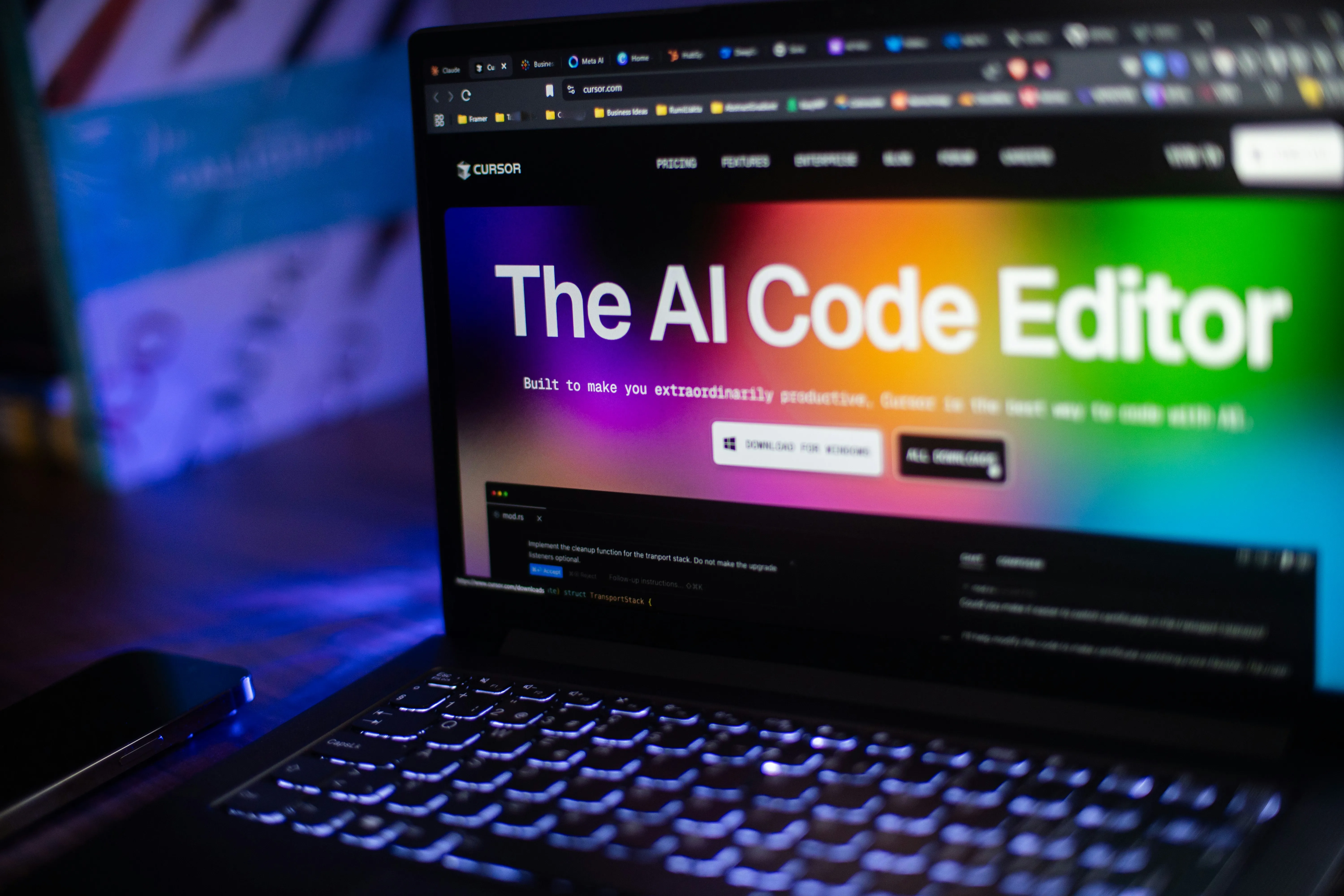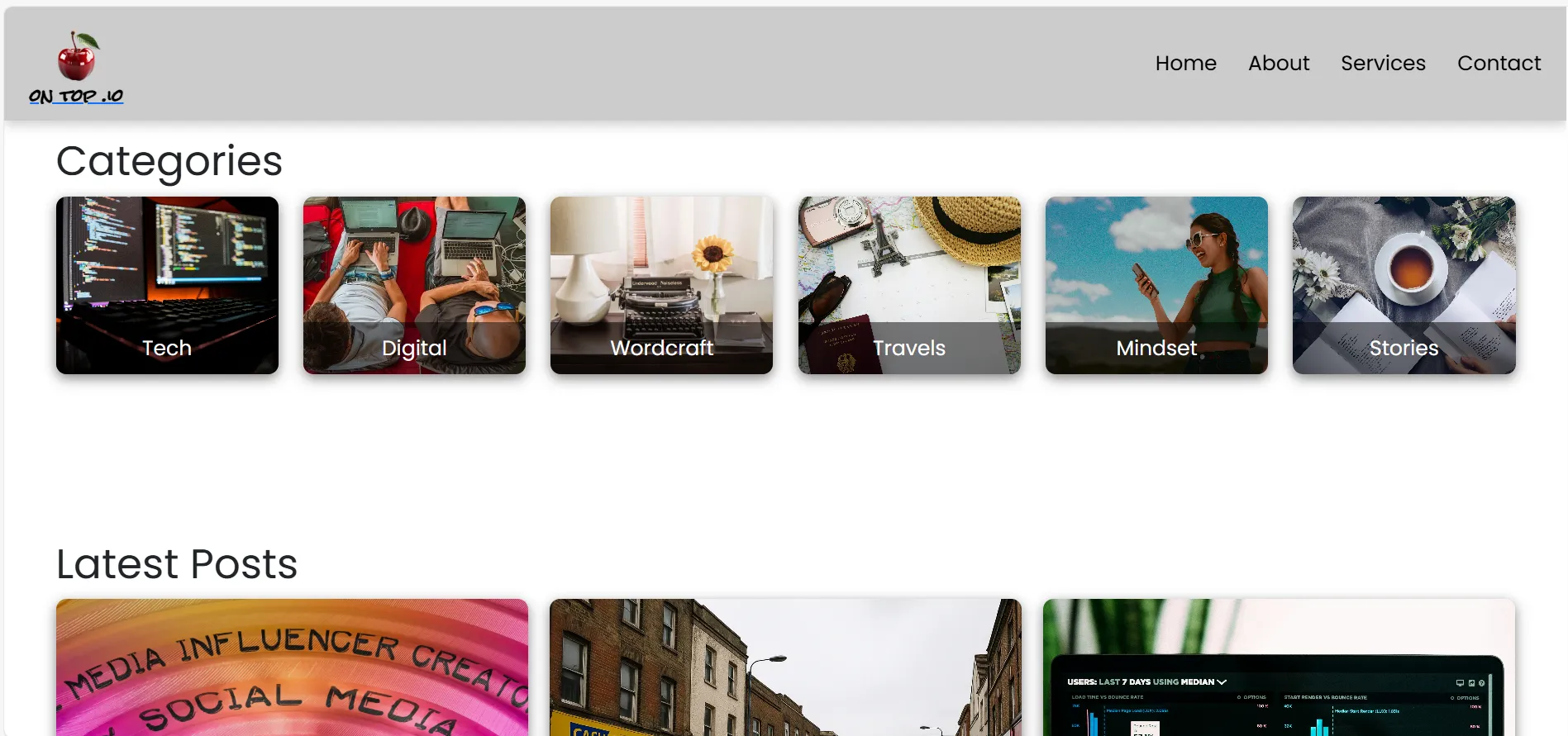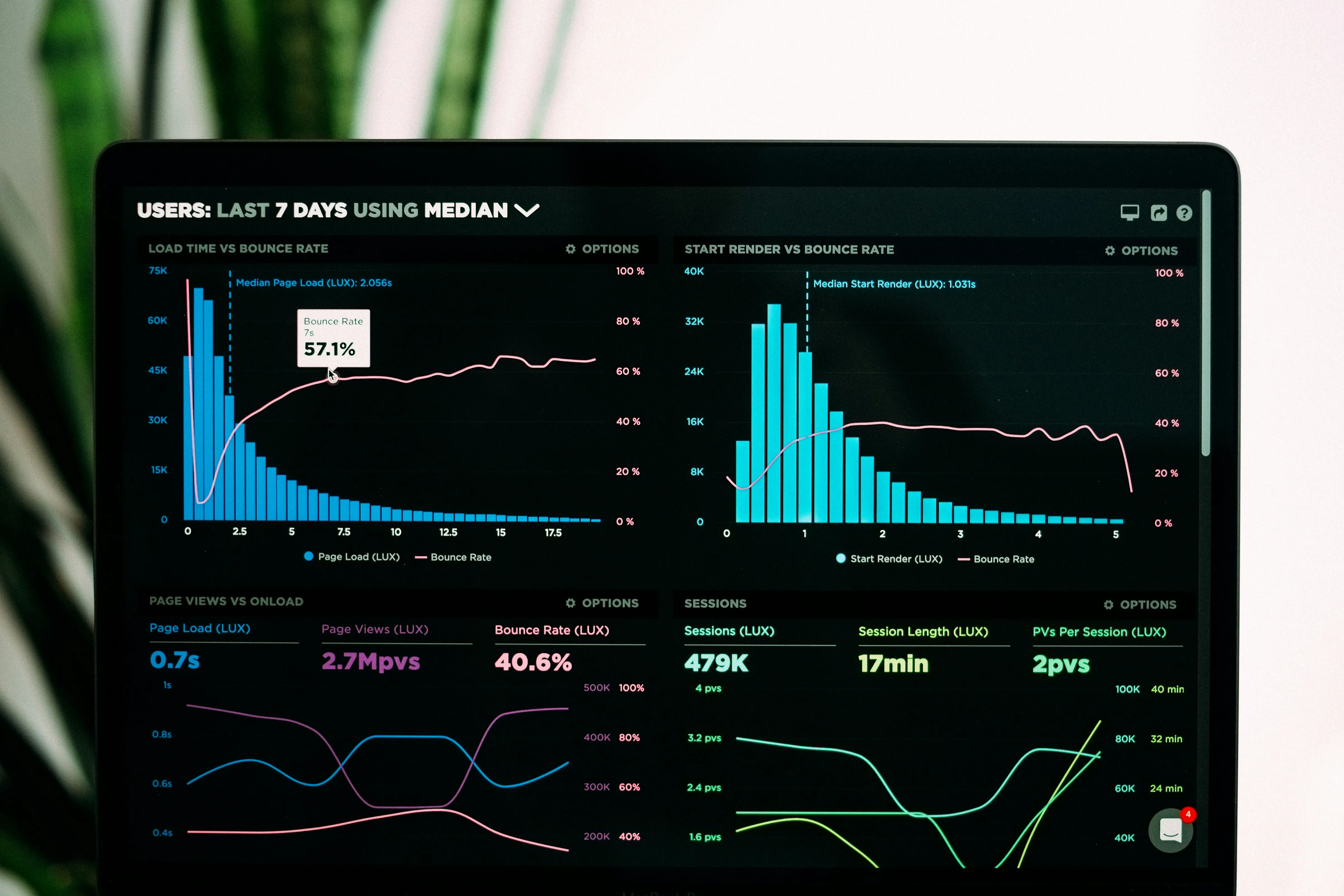I made my very first attempt at building a website in the late 1990s, when I created a simple presentation in PowerPoint and published it online using an open-source FTP (File Transfer Protocol) application called FileZilla. I still remember the awe I felt when browsing through NetMarket, the first online store, amazed at the possibility of stepping into the virtual world.
And while FileZilla has survived and endured the turn of the millennium, continuing into 2025, rapidly evolving web technology now offers us much easier ways to create and publish websites.
Looking back, it’s incredible to see how the web has transformed over the decades. What once required technical know-how and manual file transfers is now accessible to anyone with a few clicks. Drag-and-drop website builders, AI-powered design tools, and intuitive CMS platforms have democratized web creation, enabling even those without coding experience to craft professional-grade sites.
Despite this progress, there’s something special about those early days—the thrill of discovery, the sense of pioneering in an evolving digital landscape. While modern web development is more sophisticated, the excitement of bringing ideas to life online remains as exhilarating as ever.
Over the past decade, I’ve moved on from simple site-building tools and embraced WordPress, using Elementor and Colibri to create websites that are both visually engaging and functional. As I gained confidence, I wanted more creative control, so I started learning HTML, CSS, and JavaScript to add custom touches and bring my ideas to life.
Lately, I’ve been exploring Python, expanding my skills beyond web design. Along the way, I discovered how frameworks like Bootstrap make front-end development easier, while libraries like React and Vue.js add depth and interactivity.
The web has come a long way, and these tools allow developers of all levels to build powerful, modern websites without starting from scratch.
Come In, AI
AI has become a total game-changer in web design and development, revolutionizing the way websites are created and optimized.
From AI-powered design assistants like Wix ADI to intelligent coding tools such as GitHub Copilot, automation is making the process faster and more accessible.
AI-driven platforms can generate layouts, suggest color schemes, and even write clean, efficient code based on user input. Machine learning enhances personalization by analyzing user behavior and tailoring content dynamically.
Meanwhile, chatbots and AI-powered customer service tools are reshaping online interactions, providing instant responses and improving user engagement. As AI continues to evolve, it’s blending creativity with efficiency, pushing web development into exciting new territory.
The digital revolution has opened the door, and artificial intelligence has stepped in to reshape how we create, connect, and innovate.
Today, AI-driven website builders are transforming the way businesses and individuals create online platforms. Many providers now promise fully automated website generation in just five minutes, eliminating the need for coding or design expertise.
These AI-powered tools analyze user preferences, generate custom layouts, and even optimize content for search engines—making the process quicker and more efficient than ever. Platforms like Wix ADI, Hostinger Website Builder, and 10Web AI Builder allow users to input basic information, and within minutes, AI crafts a fully functional website with responsive design and relevant content.
Sure, AI can create impressive templates, yet, can it also achieve a truly tailored and engaging web presence?
Read how I built this website using AI.




